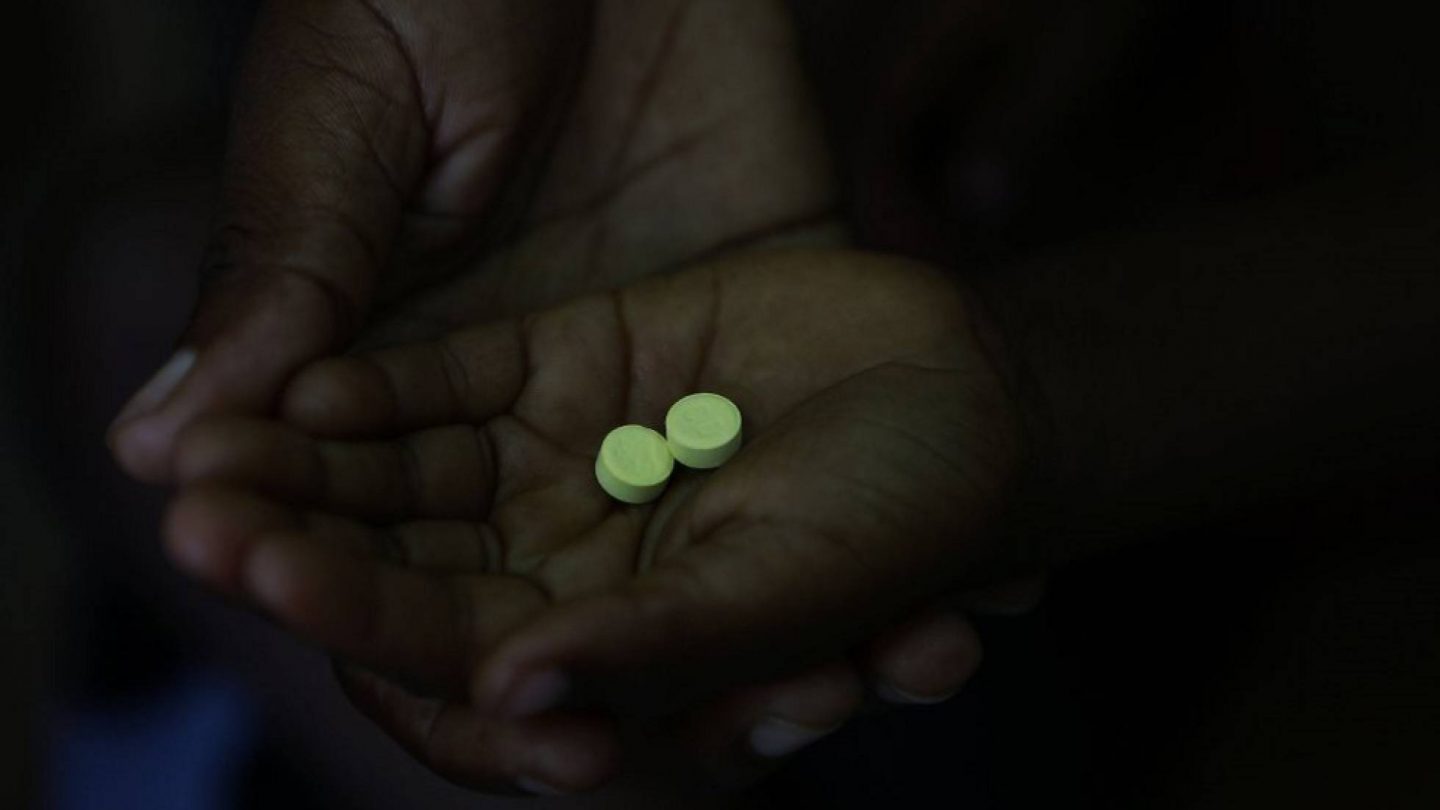Also available in: Español
Parasite’s resistance to drugs is restricted to Southeast Asia for the time being, an international study reveals
The result of many years of research and progress against malaria is in jeopardy. The parasite Plasmodium that causes malaria is developing resistance to the main drug to treat it, artemisinin, which earned its discoverers a Nobel Prize and has saved millions of lives around the world. Almost a decade ago it was detected that artemisinin was losing effectiveness in Asia, a phenomenon which, if spread, particularly into Africa, could have catastrophic consequences. But here comes the good news: a research published last Wednesday in the New England Journal of Medicine gives a respite, showing that this resistance has been restricted only to Southeast Asia – at least for the time being.
This is the first global map of resistance to artemisinin, a tool that will help researchers to understand they way malaria spreads. Although the study itself does not have the capacity, nor is its purpose, to prevent the advance, which may eventually occur, it does lay the foundation to act in time if this happens. Didier Ménar, Head of the Malaria Molecular Epidemiology Unit at the Pasteur Institute of Cambodia and lead researcher, is very optimistic about this finding. On the one hand, it confirms that the drug remains effective in the area where it is most needed: Sub-Saharan Africa, which is the main stage of the 214 million malaria cases and 438,000 deaths caused last year. But there’s still more: “We have established a method for controlling the resistance, something that did not exist until now. In case of detection, we have time to tailor treatments wherever they are needed.”
This is just the opposite of what happened when malaria developed resistance to chloroquine, the molecule formerly used to fight the disease. It happened in the late sixties of last century, also in Southeast Asia, but back then it was not detected in time. Once the researchers became aware of it, the resistance was already well present in Africa, and millions died.
Then artemisinin and its derivatives began to be applied and, together with mosquito nets impregnated in insecticide, became the great responsible for the remarkable achievements of recent years in the fight against malaria, which has allowed to avoid six million deaths to malaria in fifteen years.
The first global map of resistance to artemisinine will help researchers to understand the way it spreads and anticipate treatments wherever they are needed
The resistance mapping has been the result of two years of studies conducted by the international consortium Karma, integrated by the World Health Organization and other 41 partners and led by the Pasteur Institute. The conclusions are reached after examining samples from 14,037 patients from 59 endemic countries (72% in Africa, 19% in Asia, 8% in Latin America and 1% in Oceania).
Analyses studied in the K13 gene, which determines the resistance to artemisinine. One hundred and three mutations were known, four of which make the parasite more resistant to the drug. The study has identified 70 new mutations, although most of them are not problematic in this regard; as neither is the most frequent mutation among the African samples. However, this comprehensive map sheds light into other worrisome realities, such as the fact that populations alienated from Plasmodium may develop resistance independently, something that could complicate the future fight against malaria.
Several alternative treatments for resistance cases are being tested, such as the extension of antimalarial medication from three to six days; this has increased cure rate, but further studies are necessary to adjust the treatment to these cases, according to the New England Journal of Medicine editorial. Also, a more aggressive eradication method has been tested with the administration of primaquine, a drug that, in combination with artemisine, can overcome Plasmodium’s resistance.
